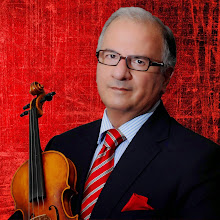Assumptions:
- You have 1000 friends
- Each friend posts twice a day average
- Browsing each post takes 1 second
- There are 5 of 2000 posts that might catch your notice
- Reading/watching good ones takes 2 minutes each
Now let's do the math:
(1995 x 1) + (5 x 120) = 2595 seconds = 43 minutes
So in order to see one round of all your friends' posts, you need to stay in, and focus on, Facebook for 43 minutes nonstop. Most people do not have this much extra time (in one nonstop session) to do so. Add to this, some people have many more than 1000 friends (I do 3000+). And artist friends (musicians, photographers, etc) generally post more than two times a day, and some music videos may be much longer than 2 minutes.
Hence (Mathematically speaking), do not get upset when you don't see my "LIKE" on your post, my friend! It does not mean I don't like your post (although it might be the case...individual taste, you know) or even worse, I don't like you! No! It just means--most possibly--I have missed your latest post.
One more thing, probably worth to add: that "heart" does not mean one loves you...it only means your friend really loves your post.
Smile...life is good!







